We all (probably) know how wonderful Maltipoos are! They’re sweet-natured and fun-loving pets that will melt quite literally anyone’s heart. But if you’re thinking about taking this one step further and venture into the world of responsible Maltipoo breeding, then you’d probably like to know – how to breed Maltipoos?
In this guide, we’re going to walk you through our step-by-step responsible Maltipoo breeding guide that’ll answer all of your questions surrounding this topic. Whether you’re planning to take on this new hobby or business of yours, or you’re just curious about what actually goes on behind the scenes, then this guide is going to be the number one place to start your research from.
Table of Contents
- How To Breed Maltipoos: Intro
- Responsible Maltipoo Breeding: How To Breed A Maltipoo?
- How To Breed Maltipoos: What Is The Best Age To Breed A Maltipoo?
- How Much Does It Cost To Breed A Maltipoo?
- How To Breed Maltipoos: Frequently Asked Questions
- How To Breed Maltipoos: Final Thoughts
How To Breed Maltipoos: Intro
Maltipoos are a wonderful hybrid cross between the purebred Maltese and Poodle. Just like with other Poodle mixes, these little Doods combine the best traits from both of their parental breeds. They’re playful, friendly, affectionate, and intelligent little pups with hypoallergenic and low-shedding coats.
Maltipoos are small pups with big personalities. After all, the purebred Maltese is quite tiny as well, and for this reason they’re bred with either Miniature or Toy Poodles, the former resulting in a slightly larger Maltipoo, and the latter producing smaller pocket-sized Maltipoos.
If you’ve ever seen a Maltipoo or if you’re one of those lucky people who already has one (or more) at home, then you know all about their many, many amazing qualities. And what better way to share that joy than bringing more Maltipoos into this world and placing them in loving homes for others to love and dote on?
Of course, if you’re considering this route, it’s not as simple as finding a partner for your Maltipoo to mate with. Although it might seem like an easy thing to do, that’s definitely not the case. Extensive research and work goes into breeding Maltipoos (or any other breed of dog for that matter), and the key here is to do it ethically and responsibly. That’s exactly what we’re going to discuss in this very guide, so that you gain a better understanding of what actually goes on behind the scenes.
Responsible Maltipoo Breeding: How To Breed A Maltipoo?
So, how to breed Maltipoos? Here you’ll find extensive information about how to breed a litter of Maltipoos and what are all the steps you should consider before getting into the business.
Indeed, there’s a lot of information that ethical breeders have acquired over the years, and the following information is just the tip of the iceberg. However, it’ll definitely get you headed into the right direction so that you can decide whether or not this path is for you. Let’s get into it…
Which Type Of Maltipoo Are You Planning To Breed?
Before you get into the more detailed stuff, you’ll first want to think which type of Maltipoos you’d like to breed. As we mentioned earlier, Maltipoos come in two sizes – Mini and Toy. So, are you thinking about breeding larger Mini Maltipoos or maybe you’d like to produce smaller Toy Maltipoos? Or, maybe you’d like to have both sizes available so that you can provide more variety to your potential customers?
Obviously, both sizes require a slightly different set of parents. Namely, if you’re planning to breed Mini Maltipoos, the Poodle (or Poodles) used in the mix should be in the Miniature size range. Similarly, if your breeding program will focus on Toy Maltipoos, having at least one Toy Poodle in their lineage is vital. Once you’ve decided which Maltipoo size you’re going to add to your breeding program, you can start thinking about your breeding stock.
Before, we go any further, let’s quickly take a look at this Maltipoo size chart:
| Toy Maltipoo | Mini Maltipoo | |
| Weight | 5-15 pounds | 15-25 pounds |
| Height* | 6-11 inches | 11-14 inches |
| Age at Full-Grown | 7.5-11 Months | 11-13 months |
*A dog’s height is measured from their withers, which is the highest part of their shoulder blades.
Maltipoo Breeding Chart: The Different Maltipoo Generations To Produce
In addition to considering the size of your pups, you also have to consider *how* you’re going to breed your puppies. Since we’re talking about a hybrid breed, the breeding process isn’t as straightforward as with purebred dogs.
With crossbreeds, there are multiple ways to produce litters of puppies. To make it easier to understand, they’re categorized into generations. Basically, a Maltipoo’s generation tells us how the puppy (and the litter) was bred. But that’s not all!
As you can probably imagine, it can be difficult to predict how crossbreed puppies may turn out. And that’s where generations come into play. Generations tell us a rough estimate of the puppies potential genetic makeup, as well as their possible traits in terms of size, personality, and coat type.
Here’s a Maltipoo breeding chart that explains all the possible Maltipoo generations:
| 1st Parent | 2nd Parent | % Maltese* | % Poodle* | |
| F1 Maltipoo (first-generation) | Maltese | Poodle | 50% | 50% |
| F1B Maltipoo (first-generation backcross) | F1 Maltipoo | Poodle | 25% | 75% |
| F1BB Maltipoo (first-generation backcross backcross) | F1B Maltipoo | Poodle | 12.5% | 87.5% |
| F2 Maltipoo (second-generation) | F1 Maltipoo | F1 Maltipoo | 50% | 50% |
| F2B Maltipoo (second-generation backcross) | F1 Maltipoo | F1B Maltipoo | 37.5% | 62.5% |
| F2B Maltipoo (alternate cross) | F2 Maltipoo | Poodle | 25% | 75% |
| F3 / Multigen Maltipoo | F1B Maltipoo or higher | F1B Maltipoo or higher | Varies | Varies |
*These are generic calculations only – genetics are rarely mathematically accurate.

As you can tell, all of these Maltipoo generations will likely possess slightly different traits and characteristics. For example, backcross generations like F1b, F1bb, F2b, and F2bb Maltipoos often lean more on the Poodle’s side, as the majority of their genetic makeup roughly consists of the Poodle.
But as we said, these are just rough estimates, and the outcome is never guaranteed. In fact, a responsible breeder will never guarantee the exact size and temperament of their puppies, because that’s simply not possible! Nonetheless, having all that information is helpful and will give us a good hint about the outcome.
Responsible Maltipoo Breeding Starts With DNA Testing & Health Screening
By now we’ve emphasized quite a few times how important it is to follow ethical breeding standards. But how to breed Maltipoos responsibly, then? It all starts with genetic testing and health screening.
If you’re planning to breed Maltipoos and you’re ready to start putting together your breeding program, one of the most crucial steps is to choose the healthiest parents for your breeding stock. This is done through extensive DNA testing and health screening.
This step is vital to ensure that your breeding stock only consists of the healthiest dogs from strong bloodlines. This in turn helps minimize the risk of any potential genetic conditions being passed on to the offspring.
Ethical Maltipoo breeders test their breeding dogs for numerous genetic conditions that both the Maltese and Poodle are at risk of. Some of the most common health issues in Maltipoos include serious joint conditions like hip and elbow dysplasia, and patellar luxation. They’re also prone to white shaker syndrome, and eye conditions like progressive retinal atrophy (PRA) and corneal ulcers. Maltipoos are also at higher risk of certain heart conditions, as well as Addison’s disease.
For instance, OFA (the Orthopedic Foundation of Animals) accepted genetic tests are most commonly done through Embark, and they should cover most genetic conditions that could be potentially dangerous for the puppies.
Consider Getting Your Parent Doods Tested For Coat Genetics
Another thing you might want to consider is getting your breeding dogs tested for their coat genetics. Although the parents’ coat colors and types can be a good indicator of how the puppies may turn out, having them tested can actually give you a much more accurate overview of the potential outcomes.
Regardless of their coat type, Maltipoos are generally very low-shedding dogs, some might even say hypoallergenic, as both the Maltese and Poodle are single-coated dogs. However, some people prefer certain coat types, whether it’s the more Poodle-like curls or a wavy combination coat. By having the parents tested for coat genetics, you can gain a better understanding of the puppies’ appearance once they grow up.
Similarly, Maltipoos can inherit a wide array of different coat colors from both of their purebred parents. Although the purebred Maltese usually comes in either a solid white coat or a white coat with tan or lemon markings, the Poodle genetics in the mix can give us many other colors and coat patterns.
Some of the most common solid colors in Maltipoos include white, cream, chocolate, apricot, black, and red. They can also come in beautiful patterns, such as parti, black and white, phantom, sable, and tri-color.
Evaluate The Parents’ Temperament & Personality
Maltipoos are generally very loving, outgoing, gentle, and intelligent little Doods. The perfect temperament traits, we must say! However, this doesn’t mean that every single Maltipoo on this planet has been blessed with such amazing qualities. Therefore, if you’re planning your breeding stock, you should also consider the parents’ personality and temperament to ensure that only the best traits are brought into the mix.
Nonetheless, the genetics of this only make up half of the equation. The environment, love, and care you provide for your puppies for the duration from birth and up until adoption is also going to make a huge difference in their emotional development and behavior.
Team Up With A Licensed Veterinarian
Working closely with a licensed veterinarian is crucial when bringing new puppies into this world. Your “personal” veterinarian will be able to guide you on this journey of breeding Maltipoos, starting from prenatal care, health screening, and whelping puppies. Additionally, your vet can help you keep track of the puppies growth and development throughout their first months in your care to ensure that they’re growing as they should.
Moreover, puppy vaccinations are also a crucial part of responsible Maltipoo breeding, and your vet will be able to advise you on this based on ethical guidelines. In fact, ethical breeders usually include health records, including vaccination and deworming documentation to their customers so that they know where to continue.
Do Your Research On Training, Puppy Socialization, & Enrichment Methods
As we mentioned earlier, your puppies’ temperament and personality also very much relies on how you raise them for the first few months in your care. Ethical Maltipoo breeders have extensively researched the most appropriate ways to socialize and train their puppies so that they’re all set up for success.
For instance, safely socializing your puppies with people of all ages and other pets ensures that your pups feel comfortable around people and animals, minimizing the risk of fear and anxiety whenever they encounter someone new.
In addition to that, ethical breeders usually introduce their puppies to potty training, crate training, and obedience training. The sooner you start, the better! This helps with your puppies’ development, build their confidence, and make your future puppy parents’ lives that much easier.
Furthermore, you’ll want to utilize various forms of enrichment methods and household desensitization. Your puppies should get enough exercise and playtime daily to ensure that they don’t become bored – this can lead to behavioral problems, such as excessive barking and other destructive behaviors. Make sure that your puppies have plenty of puppy-safe chew toys and puzzle games to play with.
You should also safely expose your puppies to a variety of household sights and sounds, including the TV, vacuum, and dishwasher. Reputable breeders generally raise their puppies indoors in their own homes, where they can be part of a usual home environment and adjust to everything that comes along with it.
There’s a ton of resources on all of this and covering everything on your own can be tricky. We do recommend you get some additional help from programs like the Puppy Culture, Baxter & Bella, Badass Breeder’s Guide, or Avidog.
Stock Up On All The Necessary Breeding Supplies
Of course, you can’t start breeding puppies if you don’t have the right breeding supplies. Here’s a checklist of some of the items that you’ll need, but not limited to:
- Dog beds
- Dog crates
- Clean blankets or towels
- Whelping boxes
- Whelping pads
- Heating pads and cooling mats
- Dog food and puppy food
- Puppy treats
- Food and water bowls
- Bottle and syringe feeding supplies
- Toys
- Grooming tools, including a dog brush and dog shampoo
- First aid supplies
- Sanitizers
- Disposable gloves
- Bulb syringes
- Potty training aids
- Collars, leashes, and harnesses
Carefully Study Your Local Laws On Maltipoo Breeding
Needless to say, before you start with your breeding program, it’s crucial that you know exactly what laws you have to follow in your home country and state. After all, it’s a business and you must follow everything to a T.
Each country and state has its own laws and limitations when it comes to breeding Maltipoos. However, one thing’s for certain – you have to make sure that your breeding dogs and puppies live in a clean and safe environment with proper care and attention.
Another thing to consider is getting your dogs and puppies microchipped, as that’s often required by the law as well. To be fair, all pets should be microchipped in case they get lost. However, we do hope that you do everything possible on your end so that your pups don’t have the opportunity to escape, as this comes with huge risks for their health and wellbeing.
Build Trust With Your Potential Customers
An important part in the breeding business is the marketing and PR side of things. Even though Poodle mixes like the Maltipoo are extremely sought after, you shouldn’t rely solely on that.
What sets responsible breeders apart from others is their transparency and openness. Make sure your website and social media are all up to date and include all the information that your potential customers would like to know.
For instance, you should have the information about your breeding dogs and their health testing records available, as well as your health guarantees, pricing, and homing policies. In addition to that, be sure to document all of your dogs’ and puppies’ health records and give a copy to your customers once they adopt a puppy.
You should also be open and honest with your customers whenever they have any questions about your dogs, puppies, pricing, or adoption policies. That being said, you might also want to consider providing lifetime support for all the puppies you’ve sent to their forever homes. This way, you can keep track of how your puppies are doing while also showing your customers that you truly care.
Provide Health Guarantees
By providing health guarantees for all of your puppies, you’re showing your potential customers that you’ve done everything on your end to ensure the health and wellbeing of your Maltipoos.
There are two types of health guarantees that responsible breeders usually provide – short term and long term health warranties. The short term health warranty usually covers 48-72 hours from the moment of adoption so that the customer can have their new puppy evaluated by a licensed veterinarian to ensure that they’re in full health.
The long term health guarantee usually covers the first two years from adoption, some breeders even extending it to three or more years. The long term health guarantee should cover any major genetic illnesses or congenital defects that could affect the puppies’ quality of life or lifespan.
Register With Clubs & Associations
Another helpful tip is to register with established organizations that are committed to responsible breeding practices. For instance, you can have your purebred Maltese and Poodle parents registered with the American Kennel Club (AKC) Continental Kennel Club (CKC), or both, whereas Maltipoo parents can only be registered with CKC.
What’s more, many reputable Maltipoo breeders are also members of the Good Dog’s Responsible Breeding Program, which also helps you find good homes for your puppies.
Carefully Consider Your Homing Policies
Now that we’ve covered the most important topics on how to breed Maltipoos, we should also touch upon the subject of how you’re going to find good homes for your pups.
Ethical Doodle breeders generally have long puppy adoption forms that their potential customers will have to fill out, and they’ll then carefully vet each buyer before giving them a puppy. This helps you ensure that your Maltipoos are going to good homes and prevent them from being neglected, abused, or ending up in shelters or puppy mills.
You should also have a rock solid and legally binding purchase document for each buyer that outlines both yours and the buyers’ responsibilities and rights.
How To Breed Maltipoos: Create A Breeding Plan
So, now that you know how to breed Maltipoos, it’s time to put your breeding plan in place. Although nature is mysterious and you can’t force it, having a rough breeding plan is only going to help make this process easier:
- What size and generation of Maltipoos are you planning to adopt? That’s vital information when planning your breeding stock.
- How many litters would you like to breed each year? Depending on that, you may need more than one mama for your puppies. You should also consider if you have the time and energy to raise multiple litters per year – you might have to utilize trusted guardian homes.
- Will you use your family pets as your breeding dogs or will you pay for a stud service?
- Where will you raise the puppies? Do you have a safe, warm, and loving environment to provide for your pups?
- What are your homing policies like? How will you screen your potential buyers to ensure your puppies’ health and wellbeing even after adoption?
- What will you charge for your puppies? Are certain sizes, coat colors, and coat types more expensive than others or not?
How To Breed Maltipoos: What Is The Best Age To Breed A Maltipoo?
Although Maltipoos, like other dogs, tend to reach sexual maturity around 4 to 6 months of age, that’s nowhere near the age when females should get pregnant. As a general rule of thumb, your Maltipoo should be mature enough to get pregnant, which is around 1 to 2 years of age, once they’re fully grown. For males, this can happen slightly earlier, as they don’t have to carry the babies.
Going on from there, you should also be mindful of how many litters you let your mamas have. You should never over breed your dogs, as this could have very dangerous effects on their health. Generally, ethical breeders let their mamas have about 3 to 6 litters before retiring.
How Much Does It Cost To Breed A Maltipoo?
If you’ve ever adopted a Maltipoo from a responsible breeder, you know how expensive they can be. That’s all because of the extensive work that goes on behind the scenes, including everything we’ve discussed in this guide. In the US, Maltipoo puppies can cost as little as $1,200 and go upwards to $4,000, even $5,000 in some cases.
That being said, these are just the puppies that are sold as pets only. If you’re planning to adopt a puppy with a goal to also breed new litters, you’ll very likely have to pay an extra few thousand for the breeding rights as well.
On top of that, you should factor in the costs of health and DNA testing, routine veterinary care, breeding supplies, daily supplies, and food. Additionally, if you’re going to use a stud service, that’s also going to cost you an extra few hundred, give or take. Based on these rough estimates, you can expect to pay anywhere from 3,000 and up to 9,000 for breeding Maltipoos.
How To Breed Maltipoos: Frequently Asked Questions
Like with most other dogs, the average Maltipoo litter size is usually around four to six puppies. You should also consider the potential risks of pregnancy, as not all puppies may survive the birth.
Breeding a first-generation Maltipoo to a second-generation Maltipoo will result in a Multigen Maltipoo.
You can absolutely breed two Maltipoos, or breed a Maltipoo back to a Poodle, provided that they’ve undergone all the necessary health and genetic testing. Breeding two Maltipoos will result in a second generation or multi-generation Maltipoo, where their traits and characteristics can be more predictable, depending on which type of Maltipoos you’re breeding. Meanwhile, breeding a Maltipoo back to a Poodle will result in a backcross generation, where the majority of the genetics come from the Poodle.
How To Breed Maltipoos: Final Thoughts
If you’re considering getting into the breeding business, knowing exactly how to breed Maltipoos is going to be crucial. We hope this guide has been a helpful resource and wish you the best of luck on this very rewarding journey.
Learn How to Care for Your Doodle Puppy!

Perfect for first-time Doodle parents, get ALL your questions answered, including questions new Doodle parents don’t even think to ask.
Plus, get $700 worth of Bonus Materials for FREE, including:- Doodle Parenthood Community and Support Group ($190 value)
- Doodle Puppy Growth Tracker ($20 value)
- EMERGENCY Cheatsheet: When To Call The Vet Immediately ($50 value)
- HELP! Button ($145 value)
- And SO MUCH MORE!

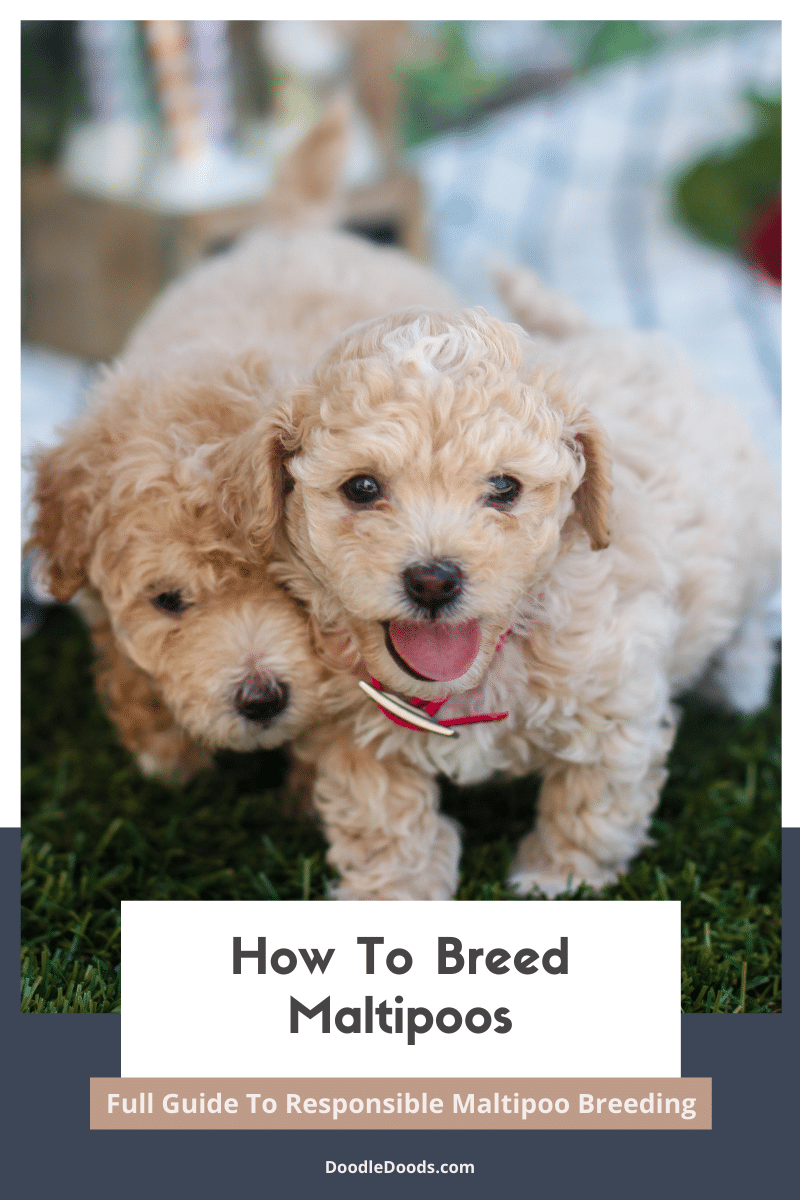

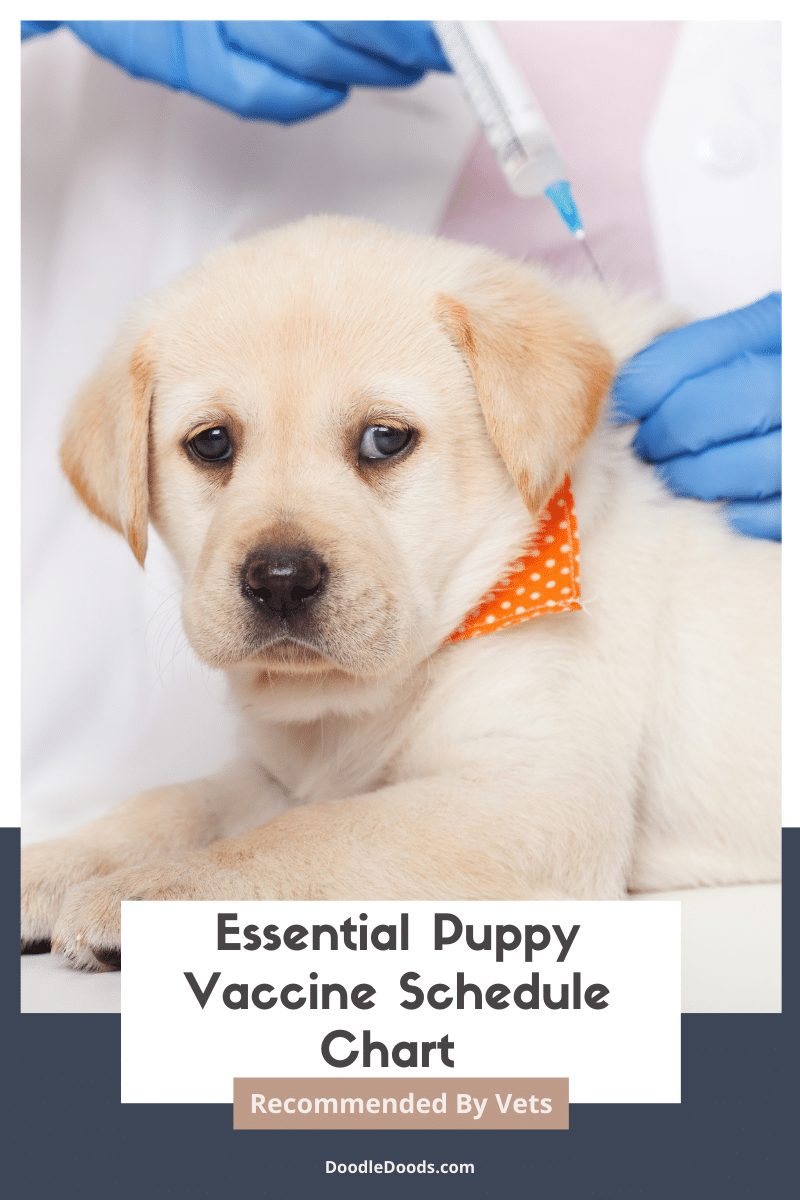

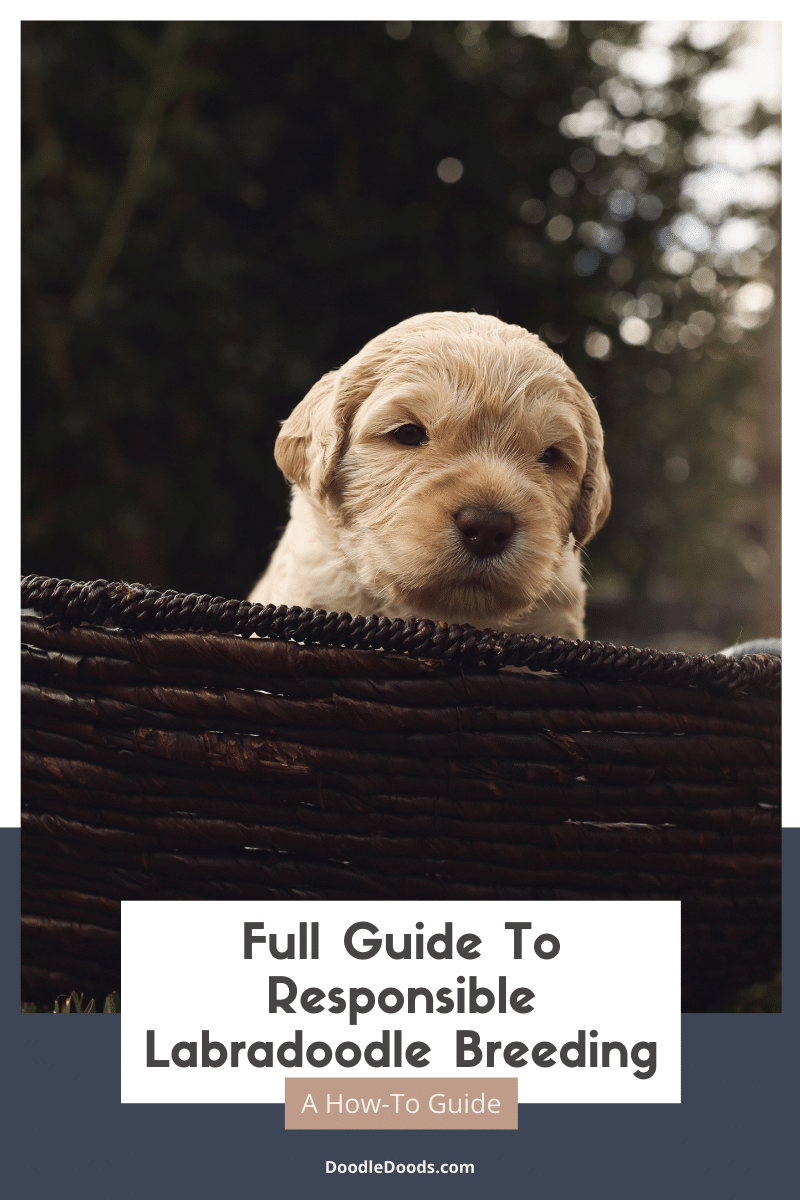

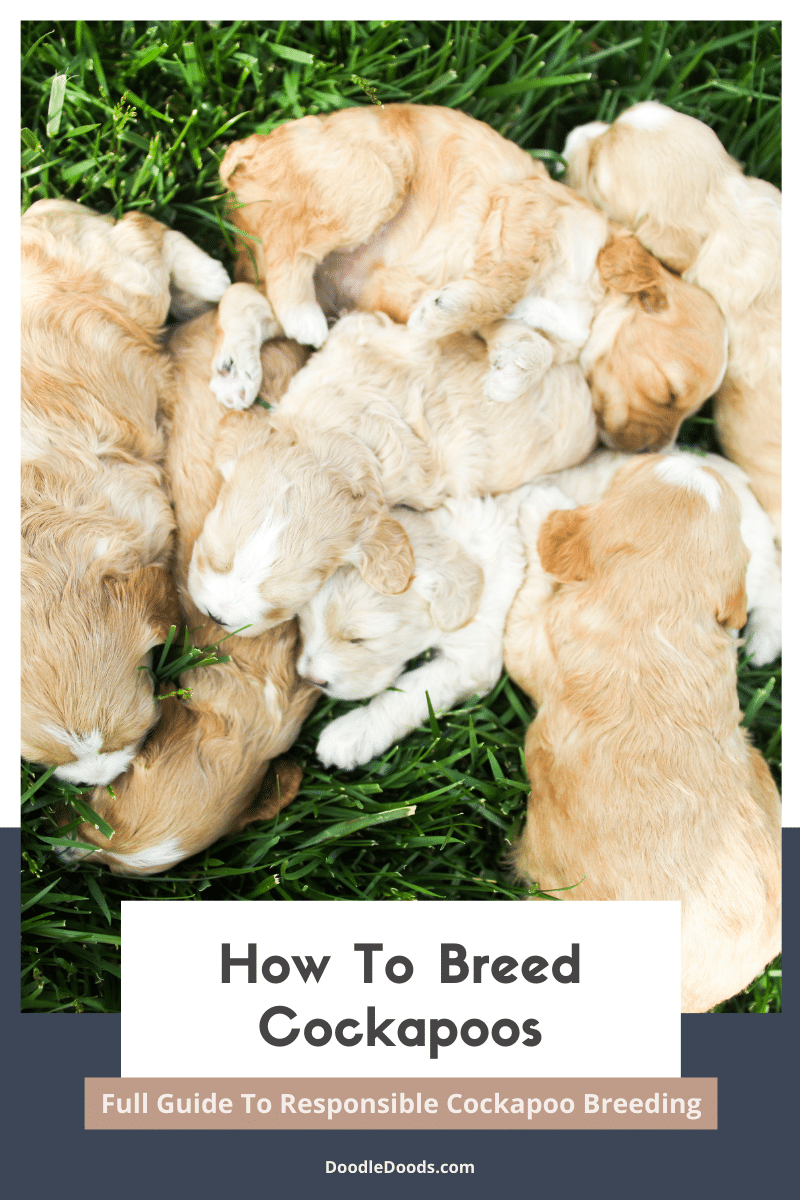

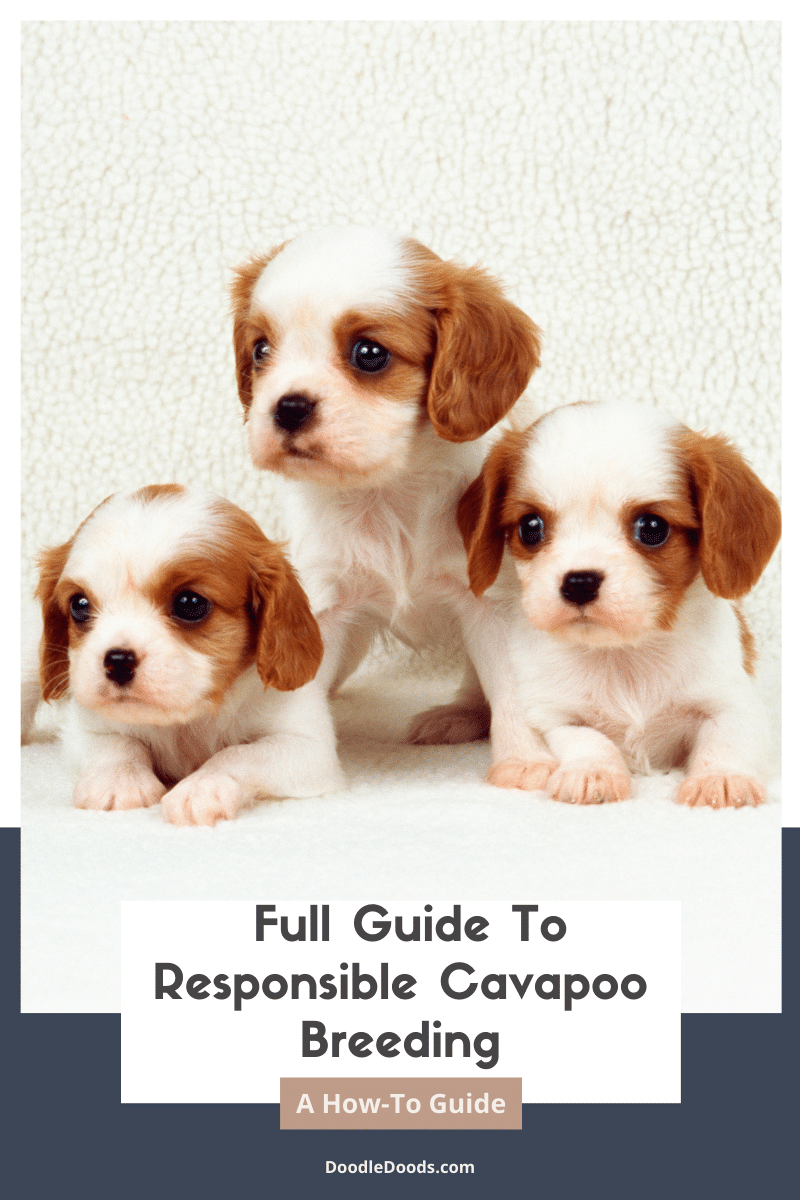
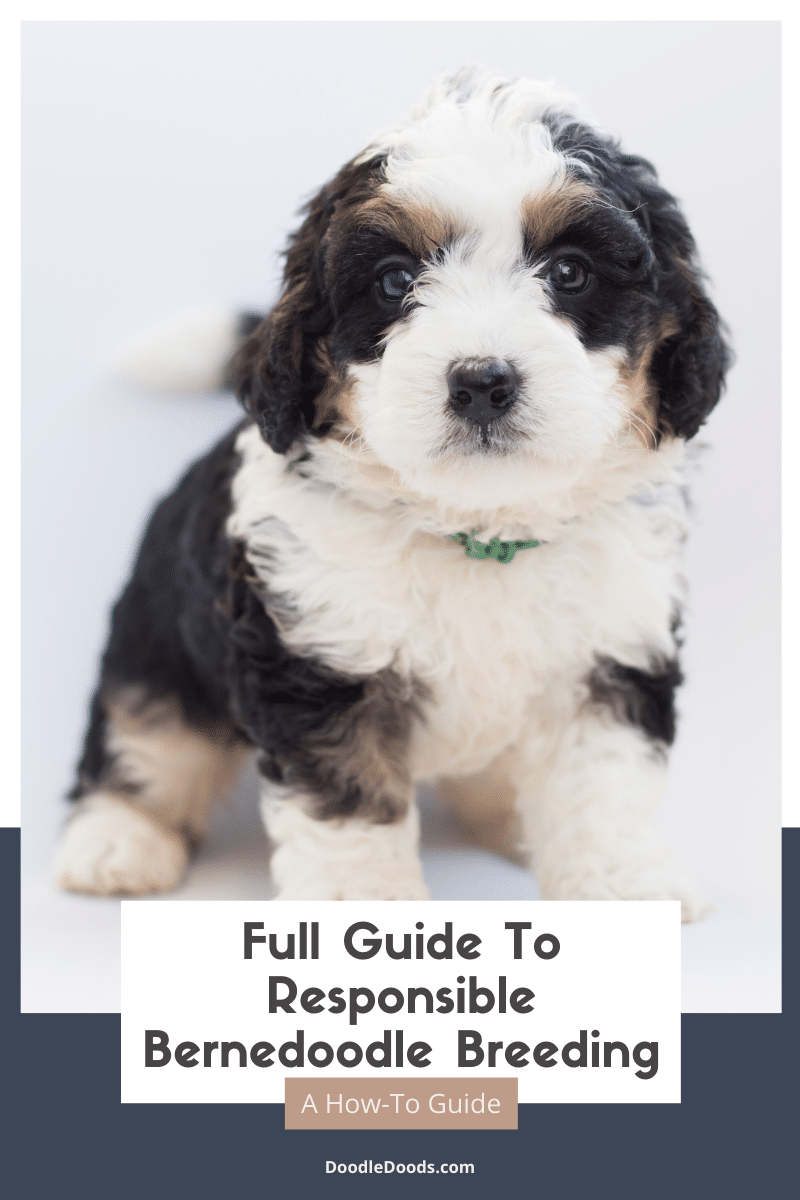
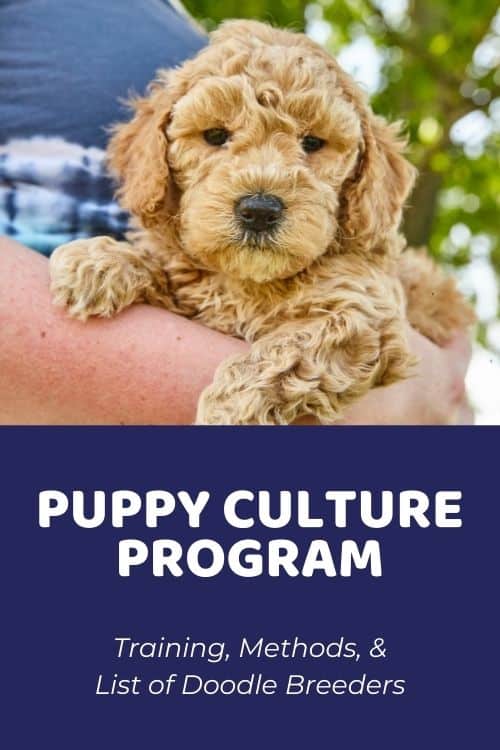
CAN I BREED A MALTIPOO W/A MALTEASE MALE AND HOW MUCH DOES IT COST JUST TO BREED THE FURR ANIMALES?
April 9, 2024 at 6:54 pm